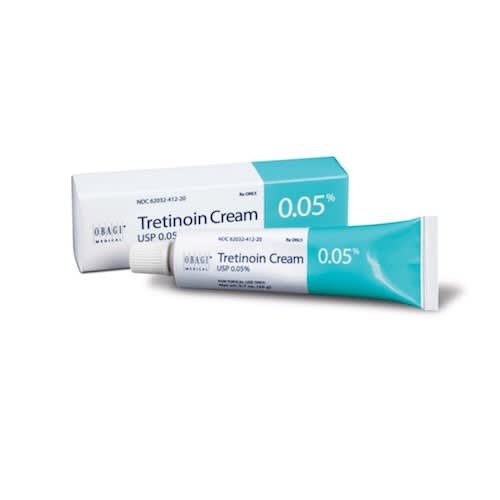
I hope you enjoyed the first part of this post which talked about what Retinol is and its benefits to your skin. If you missed it you can read it here
The part 2 of this post will focus on discussing the types of Retinols available in the market, how to choose the best one for your skin types, tips on getting the best results and the sides effects. Let’s get started
Types of Retinols
Retinoids or retinol comes in either over the counter (OTC) or prescription formulas. The difference between the two formulas is the availability of retinoic acid which is the active ingredient. Over the counter (OTC) formulations or retinol have to be converted into retinoic acid before the skin is able to use it. While in prescription formulas the retinoic acid is available without the need to be converted in the skin. Hence the reason OTC retinol products are gentler and have fewer side effects than prescription retinol.
Over the counter retinol include
- Retinol
- Retinyl palmitate
- Retinaldehyde
While prescription are listed below and come in 0.5% and 1% concentrations
- Adapalene (Differin)
- Tretinoin (Tazorac)
- Tazarotene(Retin A)
How to choose the right Retinol for your skin
Choosing the right retinol is important in getting the results you want because if it is too harsh or not strong enough you won’t get the results you want and won’t stick with it long term. In addition, using the wrong concentration makes you more likely to have side effects, so how do you choose.
First of all, packaging and formulation are important in determining which form to use. Retinol can be sensitive to air and light needs to be put in an opaque and airtight package.
How to choose the right strength
As I mentioned above retinol comes in many different forms and strengths each of which is suited to different skin types. If you have sensitive or dry skin it is better to start with using over the counter (OTC ) formulas which are less concentrated and reduce the likelihood of irritation. Likewise, the strongest formulations are better used for oily and acne-prone skin. Your ultimate goal is to use the lowest strength possible which is able to produce results, that way you can always increase the strength if it stops working.
So don’t worry if the prescription formulas are too harsh for your skin, the benefits of retinol are cumulative over time. This means you will get the same effects over time with a low strength as you would with higher strength as long as you use it consistently.
OTC Retinols
- The Ordinary Retinol 0.2% in Squalane
- The Ordinary Retinol 1% in Squalane
- The Ordinary Granactive Retinoid 5% in Squalane
- Paula’s Choice Clinical 1% Retinol Treatment
- Pixi Retinol Tonic
- Radha Beauty Miracle Retinol Moisturizer
- Roc Retinol Eye Cream
Tips on how to use Retinol
In order to reduce the likelihood of side effects here are some tips on how to use retinol
- Use a pea-size amount for your whole face of serum starting once a week and increasing up to every other night indefinitely. Less is more in this case
- Alternate with other products with active ingredients like acids, or peels to prevent irritation. This means if you use retinol skip the acids toners and vice versa
- Use a retinol at night only, because they break down when exposed to sunlight so will be ineffective
- Use sunscreen diligently because retinol can cause photosensitivity to the sun so use an SPF 50 or higher each morning.
- Avoid using Benzoyl peroxide, AHA’s & BHA’s with retinol because they affect its efficacy
- Despite common belief, you can use retinol around your eyes where most of the skin damage is visible, it is not too harsh.
- Be patient the effects are visible after about 12 weeks so give it time to do its work
Side effects of Retinol

The major side effect of retinol use is dryness and flaking of the skin. Both of which are caused by your skin rapidly shedding leaving the newer skin exposed. The higher concentration (perception retinol) is likely to cause more side effects, you start at the lower end of the spectrum and introduce it gradually into your routine until your skin gets through the adjustment period.
Other side effects include a brief sensation of warmth or stinging, during the first 2–4 weeks of using it.
Do not use it during pregnancy because the effects of topical use of vitamin A have not been studied oral its best to avoid using it.
I personally use prescription-strength retinol and my skin has adjusted to the strength and no longer flakes when I use it. Is retinol part of your skincare routine ? or has this post convinced you to at least try it out? Let me know in the comments and follow me on social media
Follow me on social media/product/48/443524/1.jpg?9893)







/product/73/382463/1.jpg?0615)
/product/58/575124/1.jpg?5802)
Where can one get these retinols please? Do you have them for sale?
Author
Hello Eno , you can get them from anyone who sells skincare a good example is the ordinary retinol,the inkey list retinol and Paulas Choice